Solved! What to Do About Cracks /div>
in Concrete

There are a few common cracks that all concrete slab owners should be aware of. Although concrete is one of the strongest and most durable surfaces for any area, it does and will crack. Some cracks possibly can be avoided with proper coating and installation; however, some cracks simply happen and there is nothing to do about them except wait for them to occur and fix them as they appear.
Plastic Shrinkage Concrete Cracks
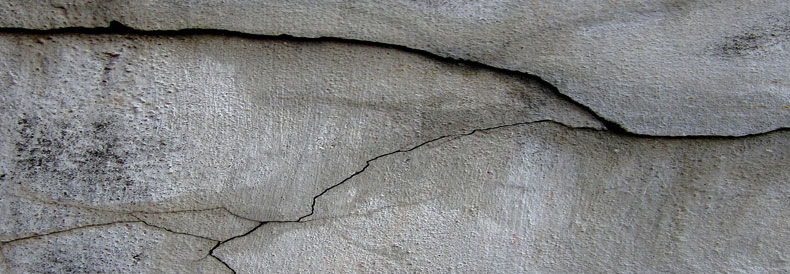
These cracks occur when concrete is still in its “plastic” state and have yet to fully harden and when water begins to evaporate from the surface too quickly hole-like voids are left behind. Holes in your concrete make the surface very weak and much more likely to crack.
- These types of cracks can happen anywhere on your concretes surface
- Wherever piping or other objects are inserted in the concrete you will find more cracks
- The cracks can be 1 to 4 inches deep into the concrete
- Avoid these cracks by not using an overly wet mixture because more water means more shrinkage
- Control joints can help with lowering the chances of shrinkage
Expansion Concrete Cracks
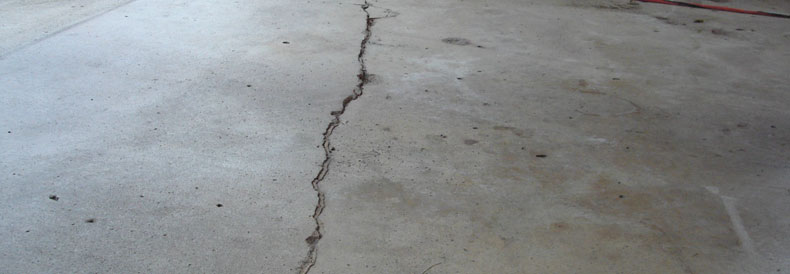
Heat causes substances to expand and there isn’t anything you can do about it. When concrete expands it will push against anything in its way and once neither side can flex anymore the concrete will crack.
- Expansion joints are used to help reduce concretes ability to expand into other surfaces
- Joints are the shock absorbers of concrete
- With professionally installed concrete joints the chances of your concrete cracking reduce dramatically
Heaving Concrete Cracks
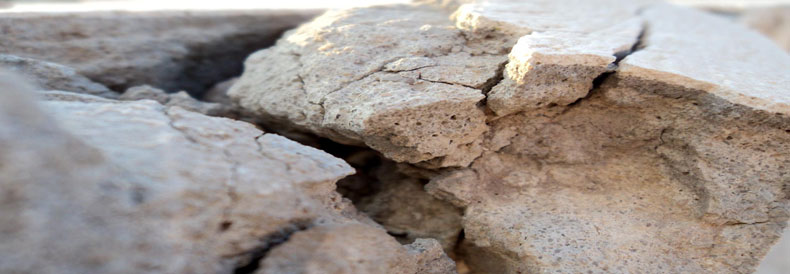
Freeze-thaw-cycle is another example of something you just can’t control. This cycle is basically when your floors expand and contract all within a matter of hours or days. Once the concrete gets to a point where it can no longer flex the next step is cracking.
- Growing roots have the same effect on concrete as contraction and expansion does
- Concrete needs room to grow and when it doesn’t anymore the next logical action is to crack
- Sometimes it will lift and go back down without cracking, but it does inevitably occur
Settling Concrete Cracks
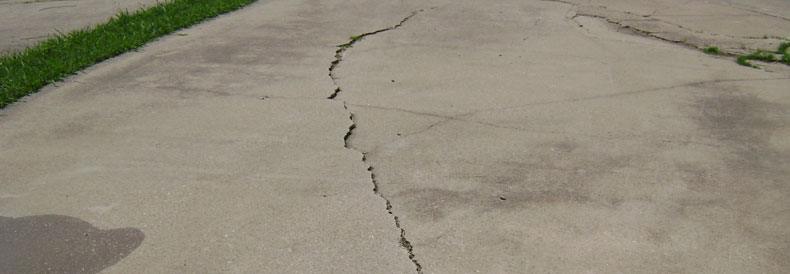
Beneath concrete there is earth and the earth doesn’t care about your concrete slab. As the ground moves and settles because there are living organisms, pipes, and roots constantly shifting below the concrete slabs they will crack.
- Drying and sinking soil has a large impact on how your slab will react
- For residential areas, often if ductwork is installed for heating and ventilating under the slab, the change pressures cause the surface to crack
- If soil begins to increase in moisture, then the chances of cracking increase
Overloading the Slab
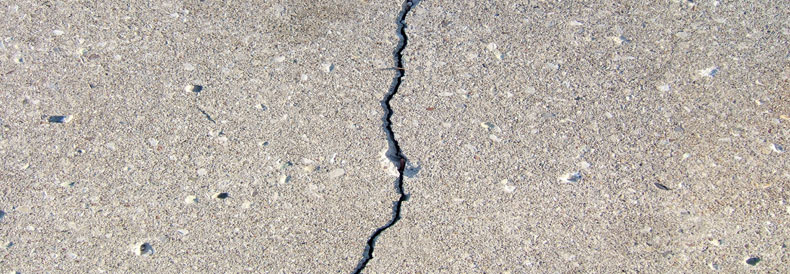
Concrete is strong, there is no doubt about it, and it has proven that with the construction of some of the longest-lasting buildings around the world. Everything on the planet, including concrete, has its limits and when we push past those limits, we create the possibility of extreme cracking.
- Concrete mixes can have the strength of 5000+ PSI it means pounds per square inch
- These types of cracks occur in both residential and commercial areas
- Large recreational vehicles are advised to be kept off of concrete
Premature Drying Cracks
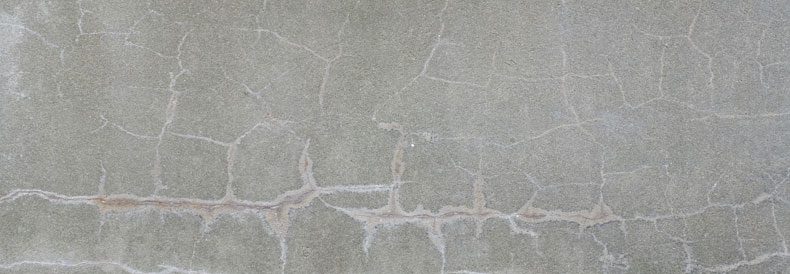
Don’t be in a hurry to dry your concrete because it can lead to repairs and more concrete. These types of cracks can appear as spider-web cracks on your surface and create very ugly marks; however, these types of cracks are not structural issues.
- Be sure to know the weather before installing new concrete
- Avoid impatience while waiting for concrete to dry
- Hire a professional to pour and dry your concrete
